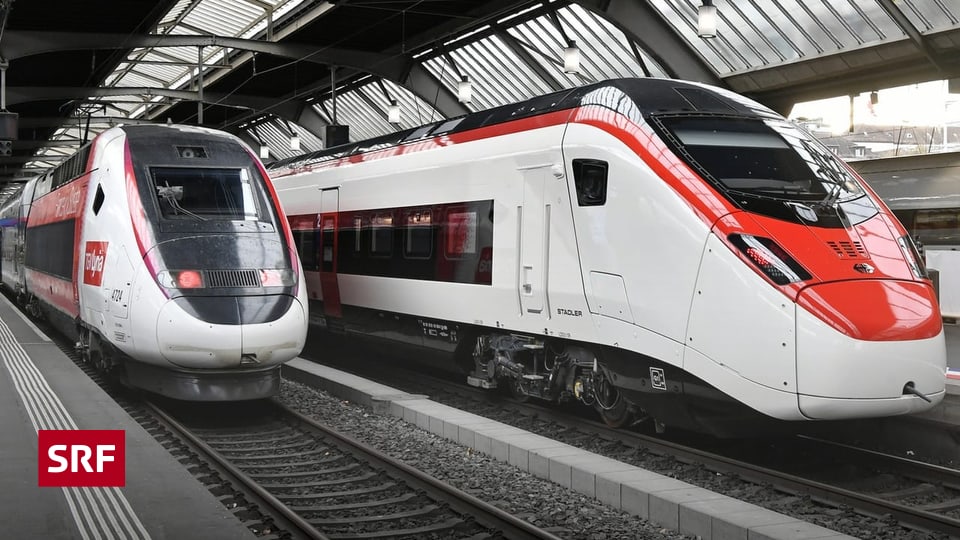Fokker 100 was reborn in the Netherlands for many years – under ever new names. The latest attempt is called Fokker Next Gen and is based on hydrogen.
You have to give Rudi den Hertog one thing. He does not give up easily. After working for decades with aircraft manufacturer Fokker and then maintenance company Fokker Services, he worked for years on the re-launch of the Dutch regional aircraft. It should be called Fokker 120 NG first, then Fokker 130.
Six years ago, Dean Hertog, chief engineer of the Dutch aircraft company, said that the new aircraft would provide the lowest fuel consumption, lowest operating costs, lowest noise level and lowest emissions. Nothing came of the plans. But he did not give up.
150 aircraft per year
Den Hertog has recently changed jobs. He’s the chief engineer again, this time at Fokker Next Gen. The company is located in the same place as predecessors Rekkof and Netherlands Aircraft, and also has the same owner with investor Jaap Rosen Jacobson and Panta Holdings. And the plan remains the same: to return Fokker to the skies.
in a newspaper Holland Dagblad Explain the goals of the Fokker Next Gen to Hertogs President Juriaan Kellermann. According to the general manager, the goal is to deliver the first aircraft to customers in 2035, and eventually to build 150 aircraft per year at a factory in the Netherlands. “We think that’s realistic.”
Tests using Fokker 100
But something is fundamentally different from previous attempts. The new Fokker plane should not fly on kerosene, but on hydrogen. A sustainable hydrogen-kerosene hybrid variant is also planned.
To do this, Den Hertog, Kellermann, and their colleagues at Fokker Next Gen are converting the Fokker 100 so that it can run on hydrogen. The first test flight is scheduled for 2027.
Few details are known
Not much is known about the Fokker Next Gen. Range is about 2,500 km. Fokker Next Gen remains silent on the number of seats. The Fokker 130 had 120 to 130 seats. Since the new aircraft is hydrogen-powered, space is lost in the stern due to tanks. Therefore, the next generation must have a fuselage larger or longer than the planned 39-meter Fokker 130.
Managing Director Kellermann explains that talks are already underway with engine manufacturers Rolls-Royce and Fokker Services. He is very confident that the project will succeed. “The chance is very high,” he told Nederlands Dagblad. One now finds a much greater breeding ground for plans than before. “The world is very interested in technologies that lead to low carbon dioxide2emissions. »
She needs government help
But Fokker Next Gen still needs outside help for this. According to the director, such a large project cannot be managed without subsidies. After all, they want to establish production in the Netherlands. To date, the company has received grants worth €27.5 million.
In the photo gallery above, you can see images of the pre-planned Fokker 100, Fokker 130, and Fokker Next Gen. Clicking on the image opens the gallery in a large format.

“Typical entrepreneur. Lifelong beer expert. Hipster-friendly internet buff. Analyst. Social media enthusiast.”







More Stories
Train Travel in Europe – Train Delays and Cancellations: Who Pays the Extra Costs? – Espresso cash register
Pedro Sanchez is considering resigning after filing a complaint against his wife
Extreme heat warning in Thailand and the Philippines